Market Trends
Key Emerging Trends in the Feeding System Market
The Feeding System Market is experiencing noteworthy trends that reflect the evolving landscape of modern agriculture. One prominent trend is the increasing adoption of precision feeding technologies. Farmers and livestock producers are leveraging advancements in sensors, data analytics, and automation to tailor nutritional plans for their animals with precision. This trend not only enhances the overall health and growth of livestock but also contributes to resource efficiency by minimizing feed wastage. Precision feeding aligns with the broader movement towards sustainable and responsible farming practices, as it allows for a more targeted and efficient use of resources.
Another significant trend in the Feeding System Market is the rise of smart and automated feeding solutions. With the integration of Internet of Things (IoT) technologies, feeding systems can be remotely monitored and controlled. Automated feeders, equipped with sensors, can adjust feed quantities based on real-time data, optimizing feeding schedules and responding to the specific needs of animals. This not only reduces the manual labor required for feeding but also ensures a consistent and controlled diet for livestock. The automation trend reflects a commitment to efficiency and productivity in the agricultural sector.
The focus on animal welfare and health is driving a trend towards specialty and customized feeds. Livestock producers are increasingly recognizing the impact of nutrition on the quality of meat, milk, and other animal products. As a result, there is a growing demand for feeds that are formulated to meet specific nutritional requirements for different stages of animal development. This trend highlights a shift from one-size-fits-all feeding approaches to more personalized and targeted nutrition plans, contributing to improved overall animal well-being and product quality.
The integration of connectivity and data analytics in feeding systems is giving rise to the concept of smart farms. Farmers can now gather real-time data on feeding patterns, animal health, and performance metrics. This data-driven approach enables informed decision-making, leading to better management practices and increased productivity. The smart farm trend reflects a broader digital transformation in agriculture, where technology is harnessed to optimize every aspect of the farming process.
Sustainability is a key theme in the Feeding System Market, with a growing emphasis on eco-friendly solutions. Feed production and consumption contribute significantly to the environmental footprint of agriculture. In response, market players are developing feeding systems that minimize waste, reduce the need for excessive resources, and support sustainable farming practices. This trend aligns with the increasing consumer and regulatory focus on environmentally responsible agriculture, driving innovation in the development of greener feeding solutions.
In line with changing dietary preferences and consumer awareness, there is a rising demand for organic and natural feeds. Consumers are placing greater importance on the quality and origin of animal products, influencing the choices made by livestock producers. This trend is pushing feed manufacturers to develop organic and non-genetically modified (non-GMO) feed options that cater to the growing market for organic and sustainably produced animal products.
Lastly, the Feeding System Market is witnessing a trend towards integrated solutions that encompass not only feeding but also monitoring, data analysis, and farm management. This holistic approach aims to provide farmers with comprehensive tools to optimize their operations, improve efficiency, and enhance overall farm productivity. Integrated solutions facilitate seamless communication between different components of the farm, creating a more interconnected and efficient farming ecosystem.
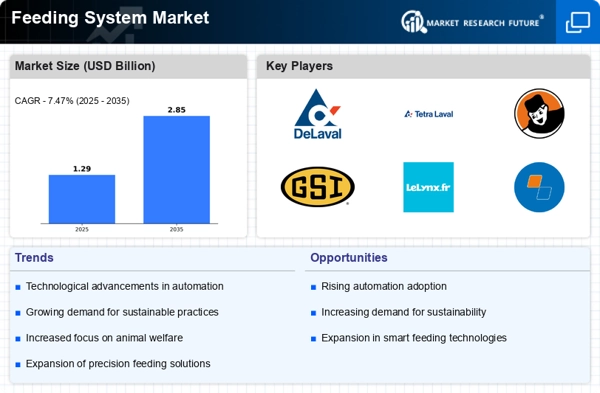
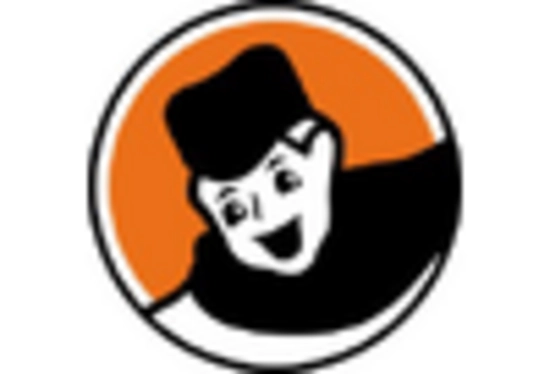

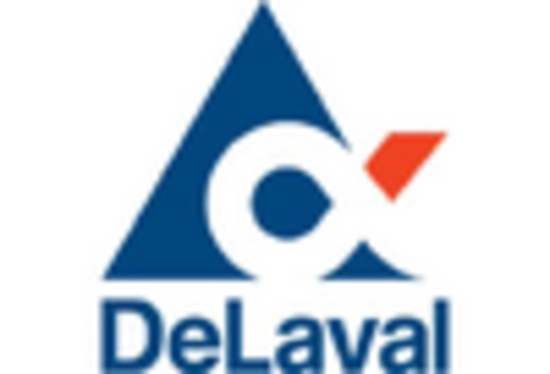
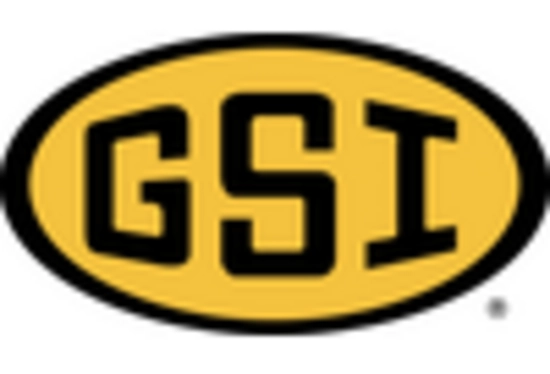
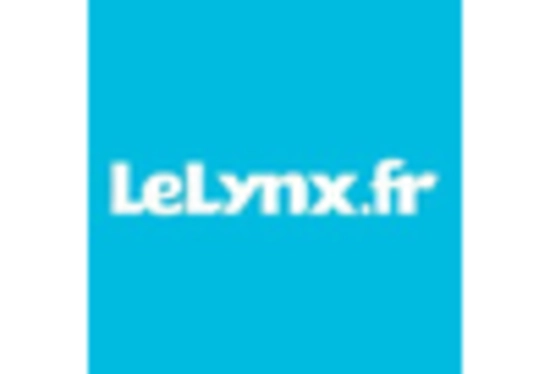
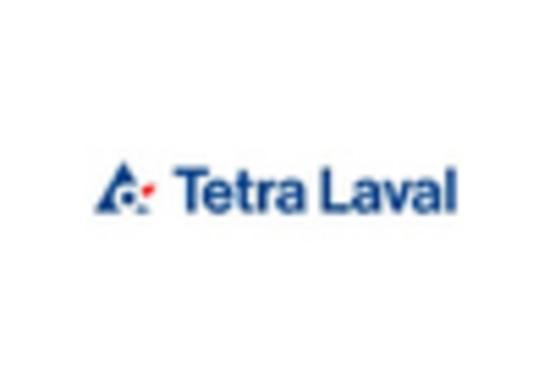

Leave a Comment